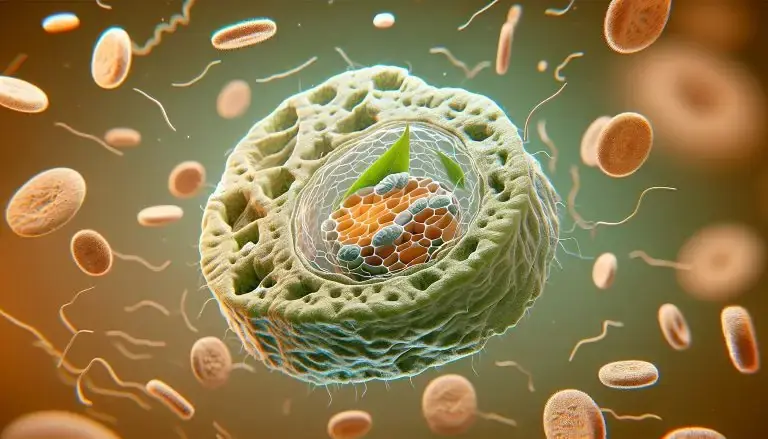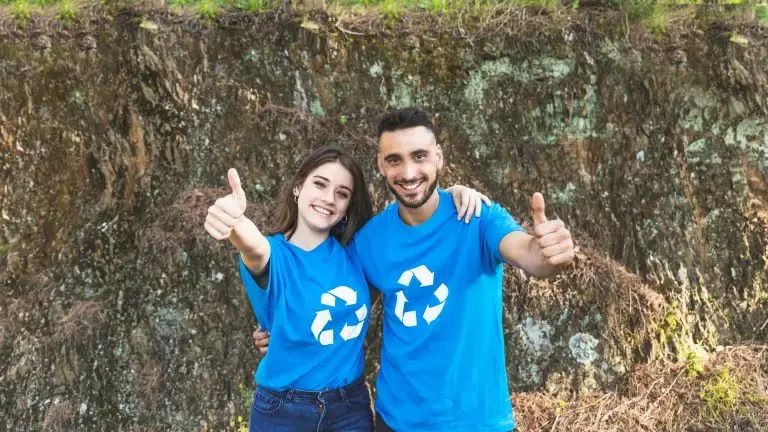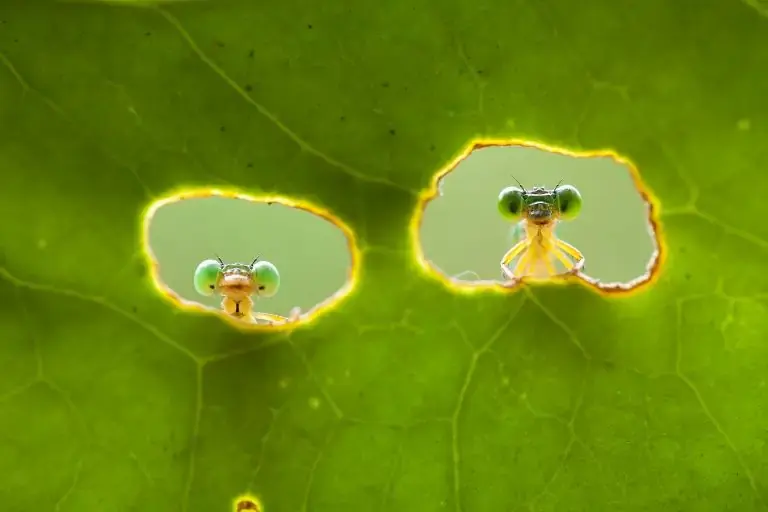Cellular-Tissue Engineering: Animal Cells Now Capable of Photosynthesis
Researchers have added photosynthetically active algal chloroplasts to cultured mammalian cells. Photosynthetically active means they can convert light into energy. Chloroplasts are parts of plant cells that help make food from sunlight. Algal chloroplasts are the parts of algae cells that help in photosynthesis. Cultured mammalian cells are cells from animals that are grown in a lab. This remarkable achievement opens up new possibilities for cellular-tissue engineering and a more sustainable future.
Electron transport of photosynthetic activity
The study, published in the Proceedings of the Japan Academy, Series B, was led by Professor Sachihiro Matsunaga of the University of Tokyo. The researchers were able to successfully integrate chloroplasts from red algae into hamster cells, and observed that the chloroplasts continued to function for up to two days, with the electron transport of photosynthetic activity occurring.
This discovery is very exciting. Before, people thought it was impossible to combine chloroplasts with animal cells.
As far as we know, this is the first reported detection of photosynthetic electron transport in chloroplasts implanted in animal cells, said Professor Matsunaga.
Applications
The potential applications of this technology are vast. Accordingly, we believe this work will be particularly useful for cellular-tissue engineering, as explained by Matsunaga. For instance, multiple layers of cells make up lab-grown tissues such as artificial organs, artificial meat, and skin sheets. However, there is a significant problem. Specifically, the tissues cannot increase in size because of hypoxia. Hypoxia refers to low oxygen levels. Consequently, low oxygen levels inside the tissue prevent cell division. Cell division is the process where cells split to form new cells. Therefore, by mixing in chloroplast-implanted cells, oxygen could be supplied to the cells through photosynthesis, via light irradiation. This, in turn, would improve the conditions inside the tissue, thereby enabling growth.

The researchers also discovered that the animal cells containing chloroplasts exhibited an increased cell growth rate. This finding suggests that the chloroplasts provided a carbon source, or fuel, for the host cells. As a result, future studies will explore the processes involved in the exchange of substances between the host cell and the chloroplasts. Additionally, these studies will find what additional substances are produced as a result of this interaction.
A step towards a carbon-neutral society
Professor Matsunaga is optimistic about the potential of this technology, stating, We expect planimal cells to be game-changing cells, which in the future can help us achieve a ‘green transformation’ to a more carbon-neutral society. We will continue to develop innovative biotechnologies with the aim of realizing a sustainable society and the reduction of carbon dioxide emissions.

This remarkable breakthrough in cellular-tissue engineering could have far-reaching implications for the future of healthcare, sustainable energy, and environmental conservation. Consequently, it is crucial to stay tuned for further developments in this exciting field of research. Moreover, continuous advancements in this area may lead to innovative solutions that significantly impact various industries. Hence, keeping abreast of the latest findings will be essential for understanding the evolving landscape of cellular-tissue engineering.
To stay updated with the latest developments in STEM research, visit ENTECH Online. This is our digital magazine for science, technology, engineering, and mathematics.
At ENTECH Online, you’ll find a wealth of information. We offer insights and resources to fuel your curiosity. Our goal is to inspire your passion for new scientific discoveries.
Everything a teen wants to know for career planning.






